
![]() See Bahasa Indonesia translation
See Bahasa Indonesia translation
105th Edition : August 2022
Key Points
- Indonesian Foot & Mouth Disease vaccination program finally gaining momentum.
- FMD risk to Australia is declining due to a combination of increasing vaccine coverage and heightened biosecurity at Australian entry points.
Indonesia : Slaughter Steers AUD $5.15/kg live weight (Rp10,300 = $1AUD)
Slaughter cattle prices continue to fluctuate wildly across Indonesia but, healthy Brahman cross cattle ex feedlots are still selling in West Java markets at similar rates to last month at an average of around Rp53,000 per kg live weight. Huge discounts are placed on infected cattle for emergency slaughter while the best carcases from healthy cattle can still attract a large premium.
The major news at the end of August is that the national FMD vaccination program is finally gaining serious momentum with the official total of 2 million head vaccinated as at the 1st of September. The important news for Australia is that 189,000 head have been vaccinated in Bali where the risk of transmission to Australia is the highest due to the very large numbers of Aussie tourists visiting the island. If the national cattle herd is say 12 million head then 2 million doses means 16.6% of the herd is vaccinated. 189,000 vaccinations in Bali from a herd of say 600,000 suggests that 31.5% have been vaccinated (only 30,000 doses delivered at the end of July). And Bali started vaccinating 2 months after the rest of the country. These percentages are only a very rough guide as many cattle have already been given two vaccinations. See the photo below of a Bali cow just off the side of Jalan Petitenget, one of the most popular tourist streets in Seminyak, Bali with two red ribbons tied to its head ropes signifying two FMD vaccinations.
Two red ribbons on the head rope means two FMD vaccinations.
The extreme activity in Bali compared to elsewhere is driven by two separate factors. Firstly, FMD in Bali led to some suggestions that tourism from Australia should be blocked so I expect that the government both nationally and locally decided to prioritise control measures in Bali to deflect any further suggestions to halt Australian tourism to protect the very valuable income that Bali tourism represents to the nation, especially after just recovering from a disastrous period of zero international tourism during the peak of the Covid 19 pandemic. In addition, Indonesia is hosting the G20 Summit meeting in Bali in November this year and would obviously like to be in a position to claim that the FMD was well under control during this massive international event which will also be showcasing Bali as one of the world’s premier international tourist destinations. Which it truly is.
Roughly 100,000 doses of FMD vaccine have been delivered to cattle in the area inside the red circle which represents the main Aussie tourist areas of Bali. And lots more are coming soon.
FMD vaccine importation and distribution is totally controlled and until recently totally funded by the national government. The original 3 million doses imported in June have now been largely distributed. A further million doses donated by Australia has arrived and is in the process of distribution. 456,000 doses purchased privately and imported by the live cattle importers has also arrived and been distributed. And it was reported by Bisnis at the end of August that the Department of Agriculture has ordered an additional 14 million doses of vaccine for the second wave of the livestock vaccination program. Feedlot inventory is usually in the 100,000 head range so this level of vaccine imports will give importers confidence that all of the Australian feeders they receive can be protected with vaccine immediately on arrival. Strict biosecurity will still be essential but the level of protection after 2 doses 3 weeks apart is very high giving importers considerable confidence to increase the level of imports following the very low levels of the past few months.
To add to this positive news, additional Lumpy Skin Disease (LSD) vaccine has also been imported by both government and by the cattle importers association. 102,000 doses of LSD vaccine purchased privately by cattle importers have now been distributed to feedlots where it will also provide strong protection for imported feeders.
From an Australian perspective, this is all great news. Firstly, the risk of transmission from Indonesia has declined with the rapidly expanding vaccination program in Bali and elsewhere combined with the significant upgrades to biosecurity measures for Indonesian travellers returning to Australia. Secondly, cattle producers, exporters and importers can be much more confident that imported stock will be protected from infection by both FMD and LSD after arrival in Javan and Sumatran feedlots.
Other FMD/LSD issues :-
- While the federal government cash appears to be flowing to support the vaccine supply program, many regional governments remain short of funds to supply labour, logistics and consumables such as disposable syringes, needles and PPE, all essential for an effective vaccine delivery program for these two highly infectious diseases. Even with adequate funding there are not enough trained vaccinators available to do the job so police, army and veterinary students are being asked to assist. The Red Cross and other NGOs are also supporting the response. It would appear that Bali does not suffer from any of these shortages.
- Movement controls required to prevent the spread of FMD appear to be strictly enforced in some areas but very relaxed and ineffective in others.
- Slaughter cattle prices for local cattle in West Java are weakening as a result of the inflow of animals from Madura, East Java and Central Java. It is suggested that this movement is a result of infected or suspect animals being illegally moved to a location where better prices can be achieved. These animals are being purchased on a carcase weight basis rather than live weight to take into account their long road journey and health status.
- Overall consumer demand for fresh beef is subdued with suggestions that the public is still a little uncomfortable eating beef during a disease outbreak regardless of the fact that the product is safe for human consumption.
- Compensation for FMD infected animals represents roughly 50% of their value therefore it is reported that some farmers with infected stock will not advise authorities and sell the infected or suspect animals in order to achieve their best possible financial return.
- Claims that there are no new FMD cases in Bali reflect the policy of the regional government to show the best face to the global tourism market and G20 guests rather than a true representation of the facts. FMD is the second most infectious disease known to science, so it doesn’t just go away by starting an aggressive vaccination program and hoping for the best.
- A combined total of less than 100,000 sheep, goats and pigs have been vaccinated.
- Still no scientific confirmation of the original source of the FMD outbreak.
- The Indonesian government has promoted the development of a new ear tag technology with a QR code on the tag which can be interrogated by any smart phone to show that animal’s vaccination status. This innovative technology has lots of other potential uses too. These tags are currently being tested in a field trial process before wider release.
This is a screen shot from a government presentation on the use of the ear tag being developed for FMD data recording. I assume the right hand side is what you see on a smart phone when you click on the tag QR code. Owners name, tag number, breed, date and number of vaccinations, type of vaccine, location, birth date, sex and more.
The Indonesian government has established an open website which provides live data on the progress of the FMD outbreak. https://siagapmk.crisis-center.id/
Darwin feeder steer prices have increased strongly especially towards the end of August. In mid-August the MLA LEPI (Darwin feeder steer rate) was AUD$3.97. By the end of August, the price had risen to $4.20 per kg live weight. Now that plenty of vaccine is available to protect feeders on arrival in Indonesia, I would expect to see a rapid rise in demand from Indonesian importers which will put further upwards pressure on Aussie feeder prices. This lift in demand is likely to continue for 6 to 12 months at least as additional animals will be needed to replace the shortfall in local production due to FMD deaths and emergency slaughters of heavy local cattle. Only 7 livestock vessels left Darwin during August with 4 to Indonesia carrying a total of 12,235 head and 1 each to Vietnam (2,059), Philippines (1,832), Brunei (796) and Malaysia (1,202).
Townsville prices at the end of August for heavy bulls and ox suitable for Vietnam have weakened considerably with rates for bulls at $3.50 and heavy ox at $3.75 which should be attractive for Vietnamese importers ($4.30 at the end of July).
Vietnam : Slaughter Steers AUD $5.44 / kg (VND16,000 to $1AUD)
No change once again in the local price of slaughter cattle this month with the indicator rate remaining at Dong 87,000 per kg live weight. Retail beef prices in both wet and supermarkets are also similar to last month’s rates.
During August the World Bank forecast a strong economic recovery for Vietnam on the back of resilient manufacturing and a robust rebound in services. GDP growth is forecast to increase from about 2.6% in 2021 to 7.5% in 2022 with inflation projected to average a low 3.8% for calendar 2022. This favourable forecast combined with the sharply lower rates for slaughter bulls and ox in Townsville at the end of August could lead to a strong lift in shipments from north Queensland to all Vietnamese ports.
Aggressive online marketing and targeted discounting is a strong feature of the Vietnamese retail and wholesale trade with knuckle appearing to be a popular cut. The wording above is a google translation from the Goodfood website.
This hind quarter beef is advertised online for Dong 250,000 per kg or AUD$15.24 with the origin stated to include Australia, Russia, Argentina, and Canada.
China : Slaughter Cattle AUD $7.06 / kg live weight (RMB 4.73 = 1AUD$)
Slaughter cattle prices have been relatively steady with the rate for August up only Yuan 0.4 to Y33.4 per kg live weight. All of the meat prices recorded for this report including wet and supermarket beef, wet market chicken, and wet market pork all rose moderately during August. This is the first time I recall that all prices have risen together in a single month for both Beijing and Shanghai.
China is struggling with lots of difficult issues at the moment including ongoing Covid 19 lockdowns, a bursting property bubble, banking problems, power restrictions, high fuel costs and extreme drought leading to reduced hydro-electric generation, water shortages, crop failures and river shipping delays.
China’s electricity production figures (TWh/year) dwarf every other country including the United States and represents over a quarter of all global electricity production.
From Lyn Alden August newsletter.
Its not only hydroelectric power plants that require a lot of water, but also coal plants, nuclear plants, and gas facilities all use water for cooling and/or burning. Power generation is the second biggest use case for water globally, after agriculture. The drought affecting China is also having a huge negative impact on north America and Europe.
Philippines : Slaughter Cattle AUD $3.28 / kg (Peso 39.0 to AUD$1)
No change again in slaughter rates for the 8th month in a row with the indicator rate remaining at Peso128 per kg live weight. My reporter in the Philippines advises that he has not noticed any significant changes since the new President has been in charge while good weather, good harvests and no damage from natural disasters has left Filipino consumers with money to spend while food prices have remained relatively stable. Generally happy days with the exception of high petrol prices which were around 72 peso per litre at the end of August (Mindanao).
Thailand : Slaughter Steers AUD $4.00 / kg (Baht 25 to $1AUD)
Slaughter cattle rates in Thailand remain relatively weak and static with the indicator rate still at 100 Baht per kg live weight during August.
Beef in Dubai and Scotland.
I passed through Dubai again on the way back from a wedding in Scotland. This time I visited the huge waterfront wet market at Deira. This is the most impressive wet market I have ever seen with a massive building housing separate markets for meat, poultry, fish and fruit and vegetables. All the perishable areas are airconditioned with well designed display tables and cold cabinets for easy cleaning and excellent presentation of a huge range of products. This market offers the cheaper end of the meat products from a huge range of sources with a strong focus on offal.
When too much offal is never enough!! Heads, skulls, brains, testicles, feet, kidneys, liver, tongue, hearts and lots more. Most of these are selling for 15 Emirati Dirhams or AUD$6 per kg.
Frozen Indian buffalo meat 20 Dirhams per kg (AUD$8) and Pakistani beef for 25 Dirhams (AUD$10) per kg. Most stalls have little flags showing the origin of their products. These included Australia, New Zealand, Pakistan, India, Somalia, Kenya, Ethiopia, Sudan and local product from the UAE including camel meat and offal.
Fat tail sheep are well named. The large lump of tail fat is also sold separately.
The fish market in the same waterfront complex is much bigger than the meat area with well-designed stainless-steel sale tables. This enormous space is fully airconditioned and scrupulously cleaned every day. All the products are presented on deep beds of ice.
This is what a Scottish drought looks like in mid-August = late summer.
Belted Galloway branded beef beautifully presented at Jock Rome’s Kilnford Farm Shop and Farmhouse Kitchen Cafe just outside Dumfries, Scotland.
The price of this Galloway topside at GBP16.95 converts to AUD$28.72 per kg.
That is me in the kilt with Neil Gourlay, father of the groom at the wedding of son Harry and Jess Burns (Sydney, Australia) at Auchencheyne farm near Dumfries, Scotland. I met Neil when he was breaking colts for the annual horse sale at Killarney station, Northern Territory in 1981. He went on to attend the bangtail muster for Charlie Henderson and Gus Trippe when they sold Montejinnie station to the Sabah government’s Desa cattle company in 1982 before returning home to take over the family farm.
August prices
These figures are converted to AUD$ from their respective currencies which are changing every day so the actual prices here are corrupted slightly by constant foreign exchange fluctuations. The AUD$ figures presented below should be regarded as reliable trends rather than exact individual prices. Where possible the meat cut used for pricing in the wet and supermarket is Knuckle / Round.
| Location | Date | Wet Market
AUD$/kg |
Supermarket
$/kg |
Broiler chicken
$/kg |
Live Steer
Slaughter Wt AUD$/kg |
| Indonesia | March 22 | 15.24 | 16.62 B9.38 | 3.62 | 5.05 |
| Rp10,600 | April 22 | 16.03 | 15.00 B12.17 | 4.25 | 5.38 |
| Rp10,600 | May 22 | 15.57 | 19.72 B12.17 | 3.77 | 5.19 |
| Rp10,300 | June 22 | 15.53 | 19.15 B12.52 | 3.88 | 5.24 |
| Rp10,300 | July 22 | 15.53 | 16.94 B12.52 | 4.08 | 5.15 |
| Rp10.300 | August 22 | 16.02 | 20.68 B10.70 | 3.88 | 5.15 |
| Philippines | March 22 | 14.10 | 14.88 | 4.31 | 3.34 |
| P38.0 | April 22 | 14.21 | 15.00 | 4.47 | 3.37 |
| P37.3 | May 22 | 14.48 | 15.28 | NA | 3.43 |
| P37.5 | June 22 | 14.40 | 15.20 | 4.93 | 3.41 |
| P38.75 | July 22 | 13.94 | 14.71 | NA | 3.30 |
| P39.0 | August 22 | 13.85 | 14.62 | 4.92 | 3.28 |
| Thailand | March 22 | 11.02 | NA | 3.67 | 4.08 |
| THB 24.85 | April 22 | 11.67 | NA | 3.42 | 4.02 |
| THB 24.3 | May 22 | NA | NA | NA | 4.12 |
| THB 24.5 | June 22 | 12.24 | NA | 4.16 | 4.08 |
| THB 24.8 | July 22 | NA | NA | NA | 4.03 |
| THB 25.0 | August 22 | 7.69 | NA | 3.76 | 4.00 |
| Vietnam | March 22 | 18.45 | 18.69 | 6.96 | 5.00 |
| D16,900 | April 22 | 18.34 | 18.58 | 6.92 | 4.97 |
| D16,800 | May 22 | 18.45 | 18.69 | 5.54 | 5.00 |
| D16,400 | June 22 | 18.90 | 19.15 | 7.13 | 5.30 |
| D16,000 | July 22 | 19.38 | 19.63 | 8.06 | 5.43 |
| D16,400 | August 22 | 17.39 | 19.39 | 7.32 | 5.30 |
| China Beijing | March 22 | 20.51 | 20.94 | 4.44 | 7.56 |
| Y4.76 | April 22 | 20.17 | 20.59 | 4.79 | 7.48 |
| Y4.70 | May 22 | 19.57 | 20.85 | 4.00 | 7.40 |
| Y4.70 | June 22 | 18.72 | 19.57 | 4.26 | 7.15 |
| Y4.62 | July 22 | 19.48 | 21.65 | 3.90 | 7.14 |
| Y4.73 | August 22 | 19.45 | 22.40 | 4.14 | 7.10 |
| Shanghai | March 22 | 21.06 | 25.64 | 3.97 | 7.56 |
| Pork per kg | April 22 | 21.43 | 25.63 | 3.91 | 7.52 |
| Beijing Y34.6 | May 22 | 19.68 | 23.40 | 3.96 | 7.40 |
| ShanghaiY36.6 | June 22 | 19.15 | 23.83 | 4.09 | 7.19 |
| July 22 | 19.05 | 23.38 | 4.11 | 7.14 | |
| August 22 | 19.03 | 23.26 | 4.06 | 7.02 | |
| Darwin Feeder Steer | April 20
$2.80 |
May 20
$3.25 |
June 2020
$3.40 |
July 2020
$3.50 |
August 2020
$3.40 |
| Sept 2020
$3.45 |
October 2020
$3.90 |
Nov 2020
$4.00 |
Dec 2020
$4.00 |
Jan 21
$4.10 |
|
| Feb 21
$4.30 |
March 21
$4.30 |
April 21
$4.20 |
May 21
$4.10 |
June 21
$4.10 |
|
| July 21
$4.05 |
August 21
$4.25 |
Sept 21
$4.20 |
Oct 21
$4.30 |
November 21
$4.50 |
|
| December 21
$4.70 |
January 22
$5.35 |
February 22
$5.45 |
March 22
$5.53 |
April 22
$4.80 |
|
| May 22
$4.80 |
June 22
$4.80 |
July 22
$3.85 |
August
$4.20 |

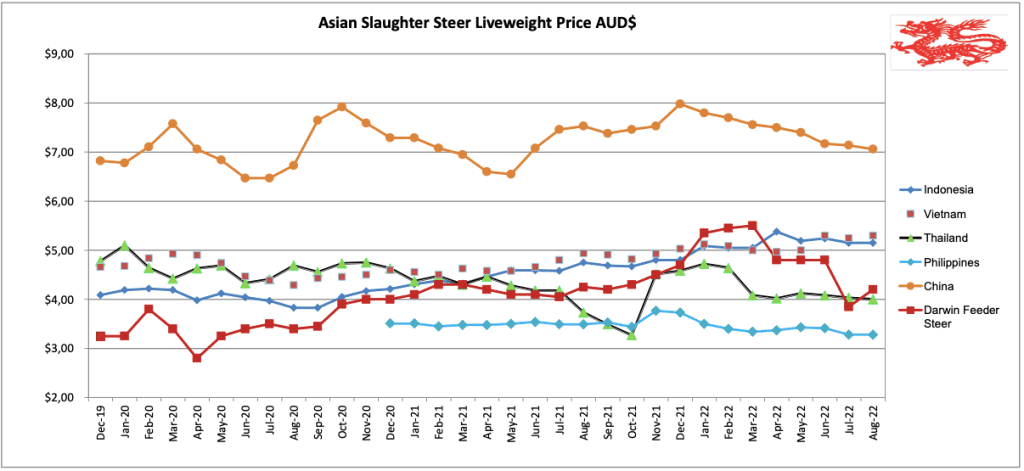
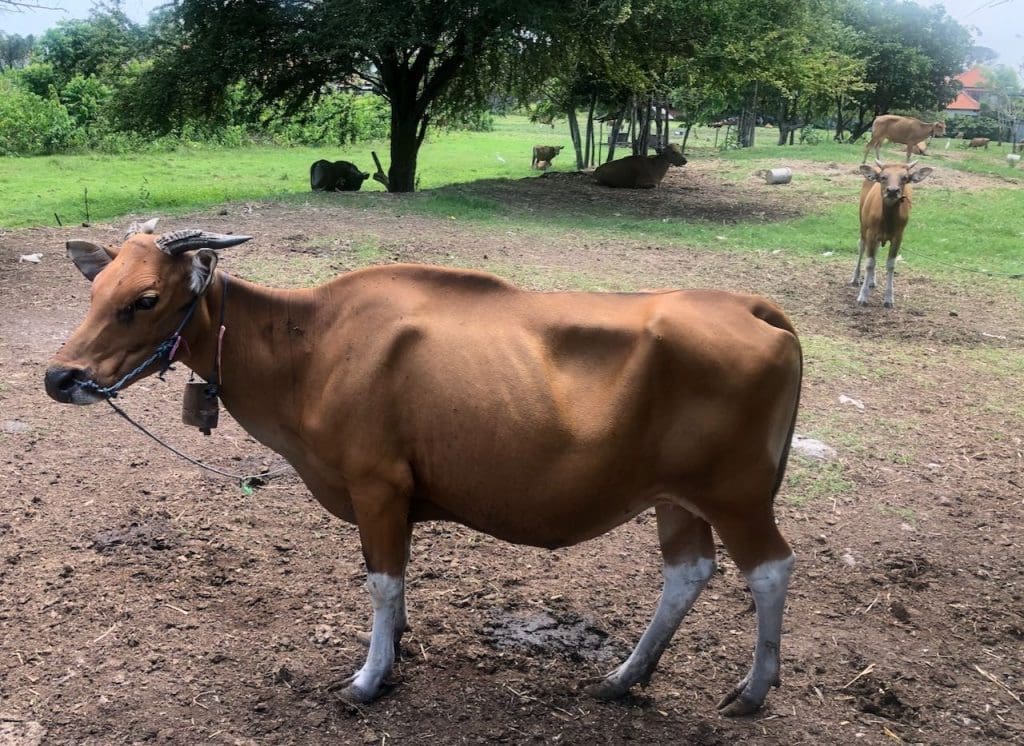





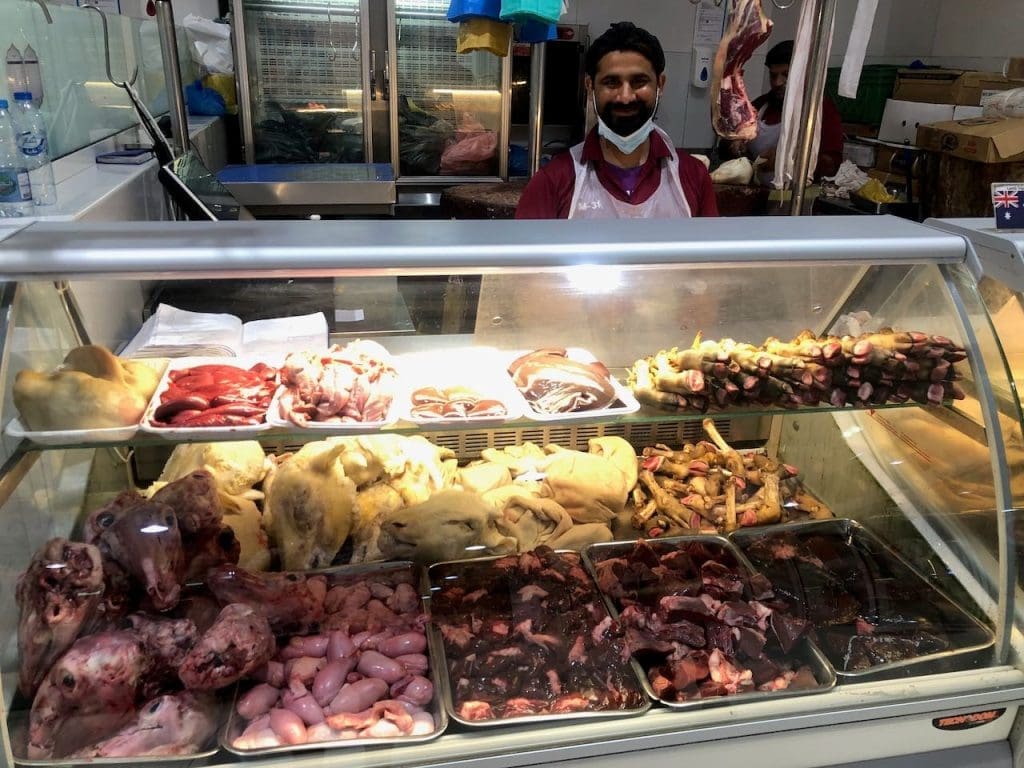
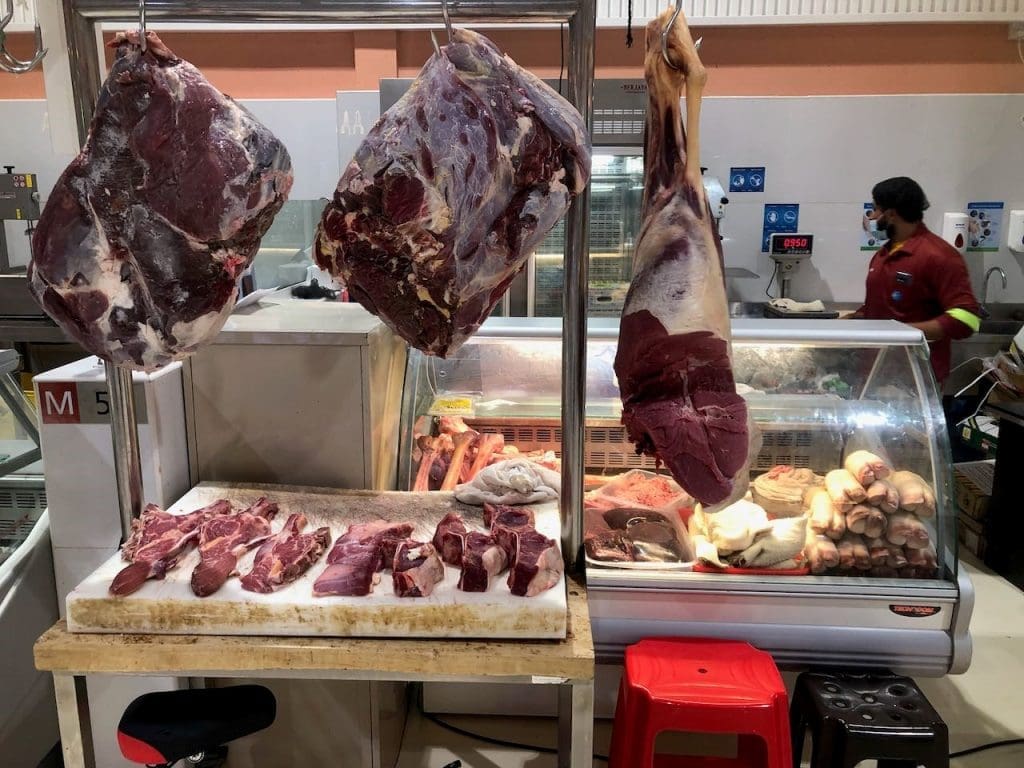
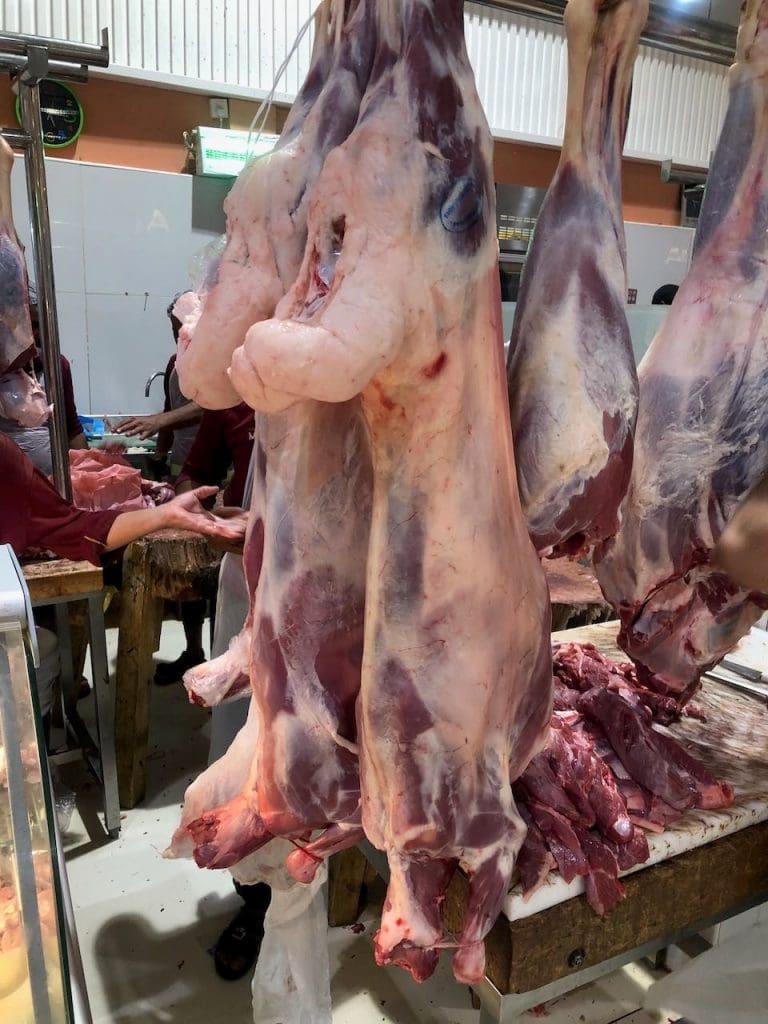
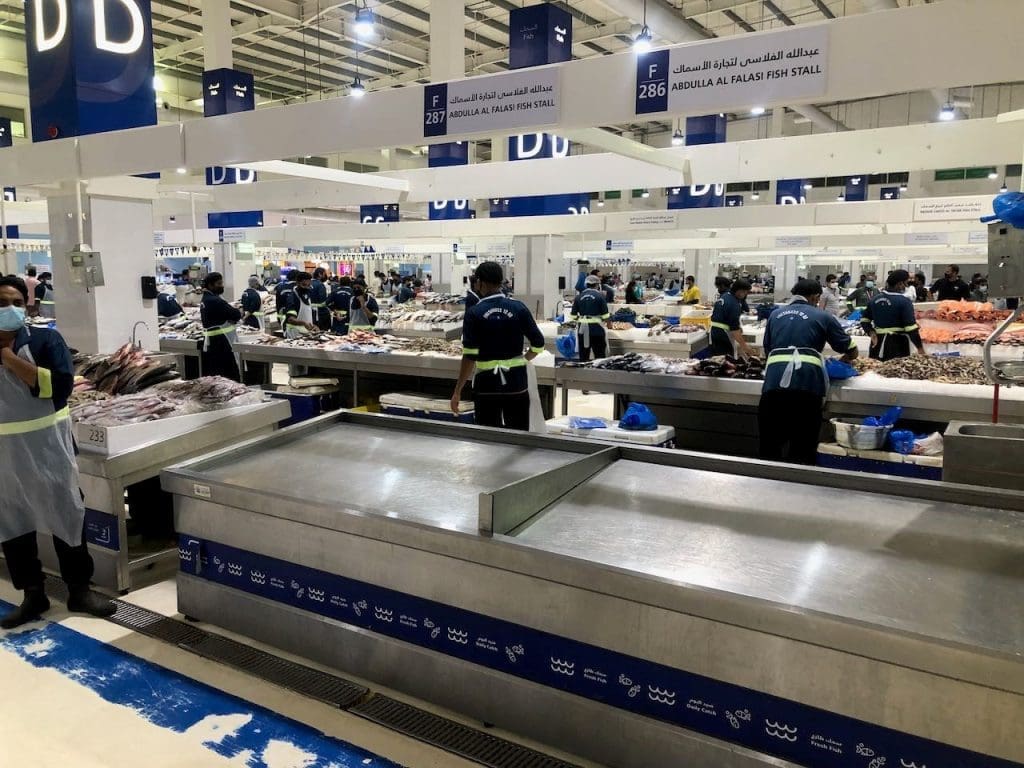
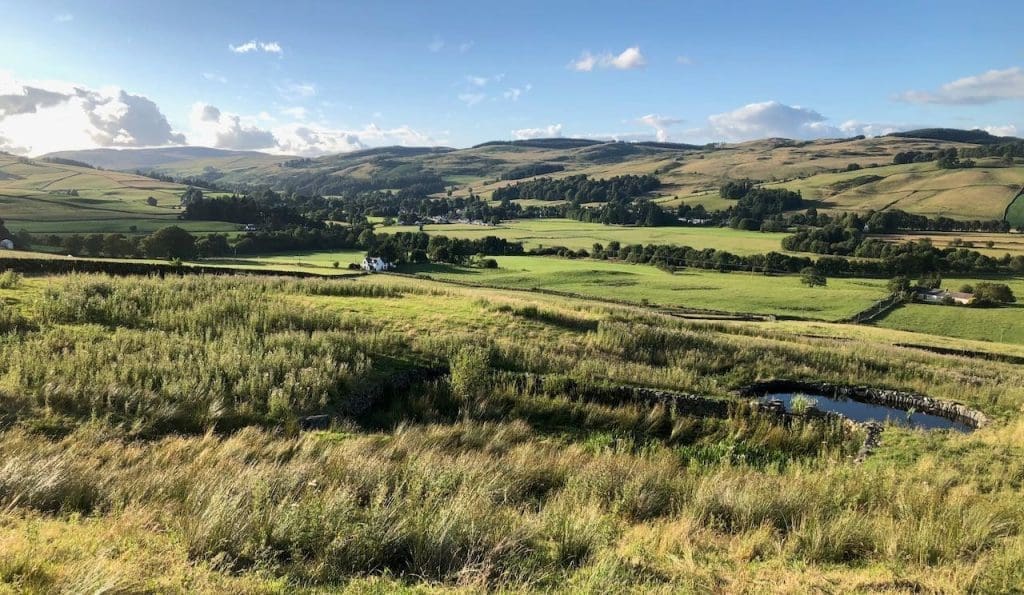
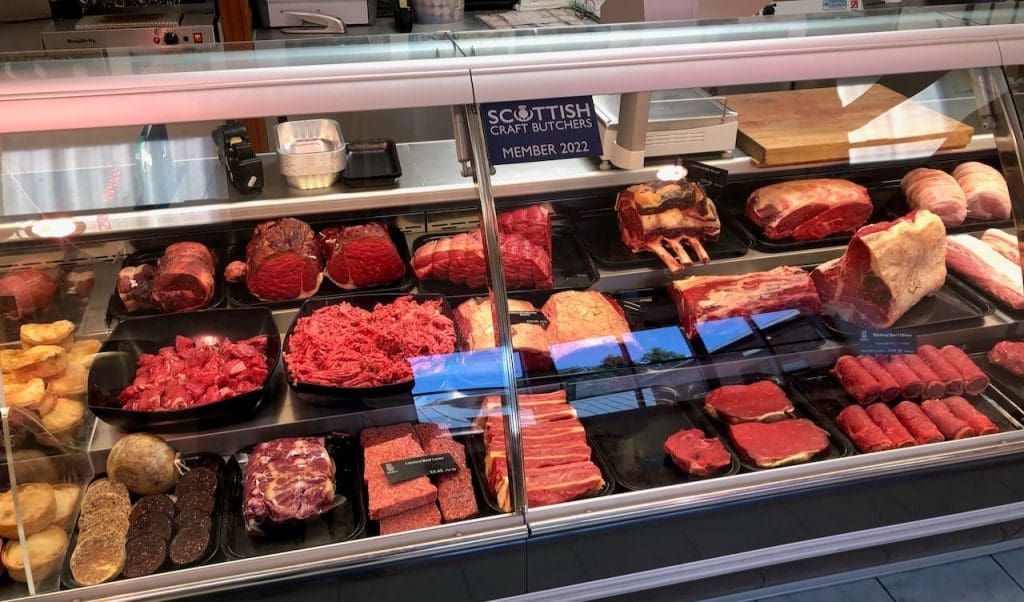
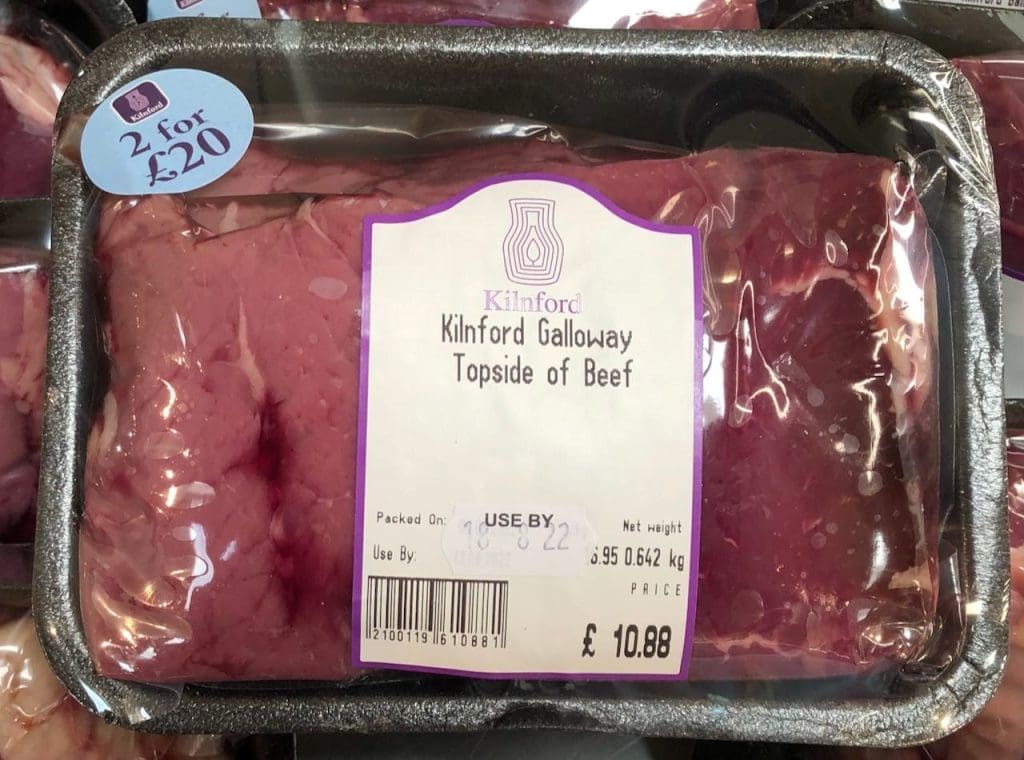

Thanks for the update Ross, it seems absurd that these basic necessities that you outline are in short supply – “consumables such as disposable syringes, needles and PPE”. Surely we can help supply that from Oz and coordinate w some authorities in Indo to get it into the right places?
Gday Stuart, Yes, as usual there are always further problems when one is solved. The issue is that each farm needs new equipment and with an average of 2 cows per farm and millions of farms so much gear is only used once and then thrown away. They overcome this with Covid so no doubt they will overcome here for FMD. It will just take more time to filter through the sluggish system. Fortunately Bali does not appear to have any significant shortages. Regards. Ross